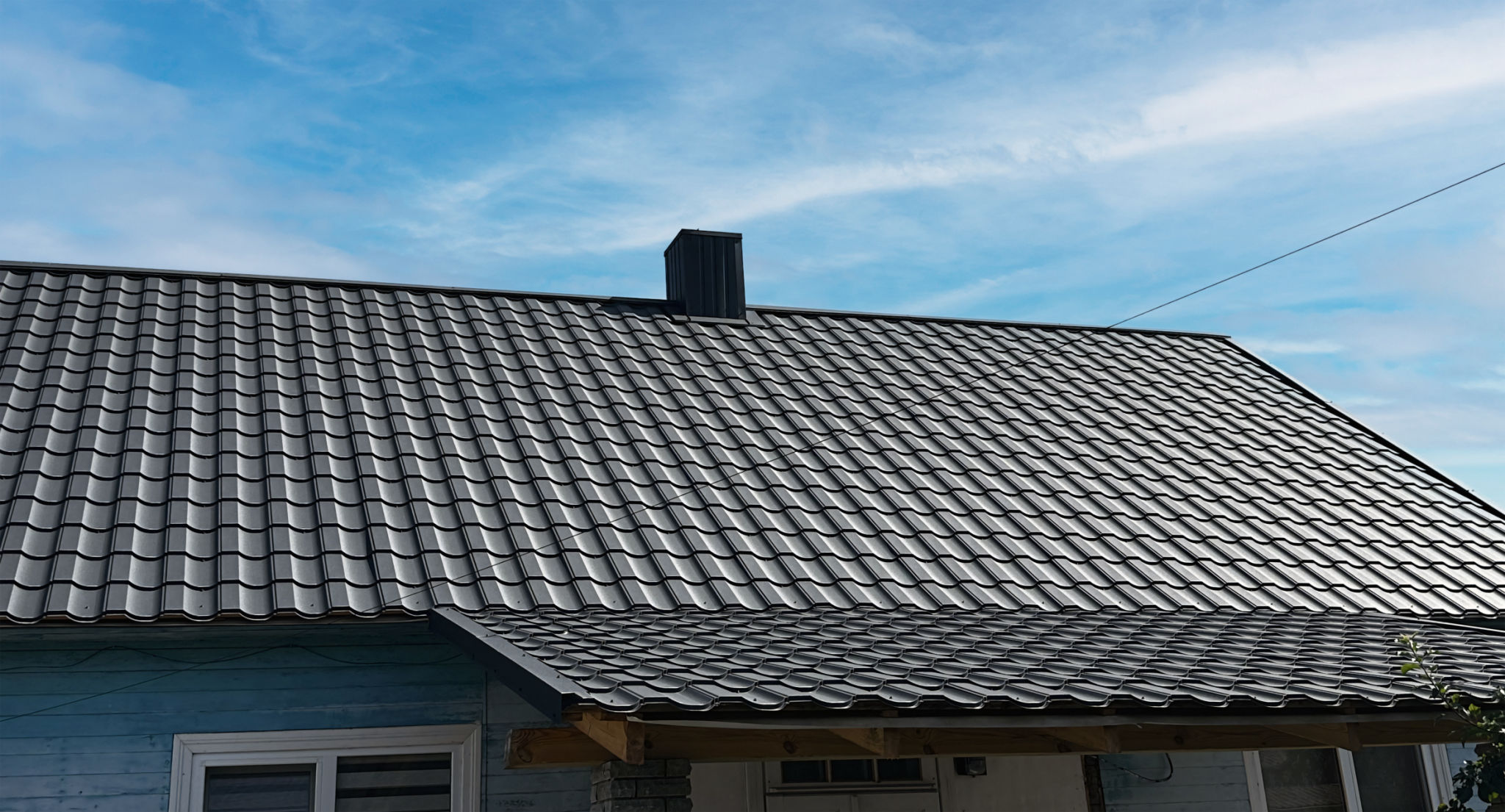The Ultimate Guide to Choosing the Right Construction Materials
Understanding Your Project Requirements
Choosing the right construction materials begins with a thorough understanding of your project requirements. Every construction project has unique needs based on its purpose, location, and scale. Consider factors such as climate, usage, and local building codes. For instance, a coastal property might need materials that can withstand saltwater corrosion, while a commercial building in a bustling city might require soundproofing materials.
Consulting with architects and engineers during the planning phase is crucial. They can provide insights into material performance and suitability for your specific project. Their expertise ensures that the selected materials align with both aesthetic and functional requirements.

Evaluating Material Durability and Longevity
Durability and longevity are key considerations when selecting construction materials. The lifespan of materials affects the overall sustainability and maintenance costs of a building. Choose materials known for their durability in the specific environmental conditions of your project site.
Researching material warranties and manufacturer reputations can offer additional assurance. Opting for materials with a proven track record of performance in similar projects or environments is a wise investment.

Considering Environmental Impact
In today's environmentally conscious world, the impact of construction materials on the environment is a significant concern. Sustainable building practices often involve using materials that are renewable, recyclable, or have minimal environmental impact during production.
Look for certifications such as LEED or GreenGuard when choosing materials, as these indicate adherence to environmental standards. Utilizing recycled materials or those sourced from sustainable supply chains can significantly reduce your project's carbon footprint.

Balancing Cost and Quality
While cost is always a consideration in construction projects, it should not compromise quality. High-quality materials often offer greater durability and performance, leading to long-term savings despite higher initial costs. Conduct a cost-benefit analysis to find the right balance between affordability and quality.
Negotiating with suppliers and exploring different sources can also help in securing competitive pricing without sacrificing material quality.
Exploring Aesthetic Options
The aesthetic appeal of construction materials contributes significantly to the overall look and feel of a building. Materials such as wood, stone, and glass offer diverse visual effects and can be chosen to complement the architectural design.
Consider collaborating with interior designers to ensure that material choices enhance both the exterior and interior of the building. This collaboration can lead to innovative solutions that marry aesthetics with functionality.

Understanding Installation and Maintenance Requirements
The installation process and maintenance needs of construction materials should not be overlooked. Some materials require specialized installation techniques or regular upkeep to maintain their appearance and functionality over time.
Evaluate whether your project team has the necessary skills for installation or if additional training or subcontractors are needed. Understanding maintenance requirements helps in planning for future upkeep costs, ensuring long-term material performance.

Keeping Up with Technological Advancements
The construction industry is continually evolving with new technologies and materials emerging regularly. Staying informed about these advancements can lead to improved project outcomes. Innovative materials often offer enhanced performance characteristics like improved insulation or increased strength.
Engage with industry publications, attend trade shows, or join professional networks to stay updated on the latest material innovations available for your project.

Finalizing Your Material Selection
After careful consideration of all factors, it's time to finalize your material selection. Ensure that all stakeholders are involved in this decision-making process to align with project goals and expectations.
Document your choices and rationale thoroughly to provide a reference for future projects or maintenance needs. This documentation will also be valuable in case any issues arise, offering a detailed background on material selections and their intended performance.